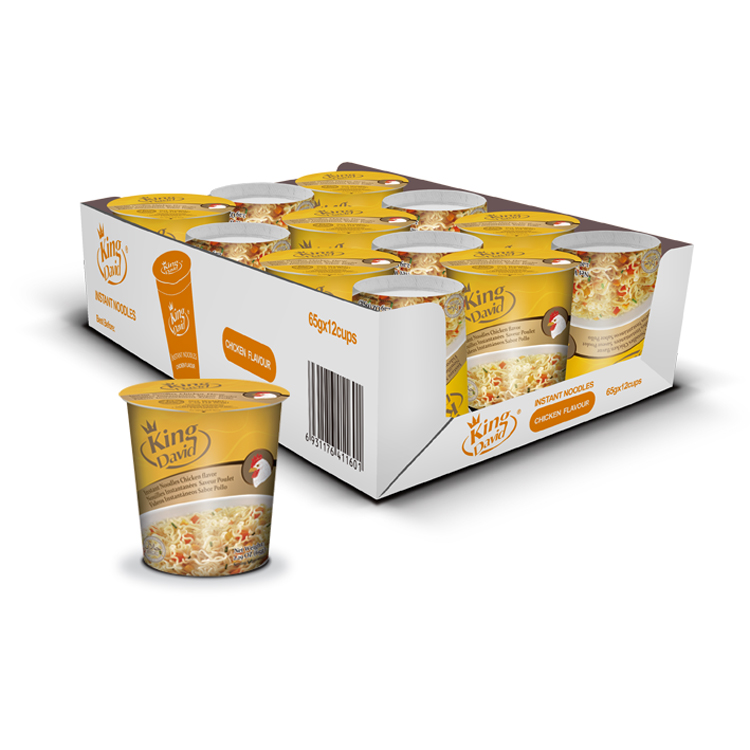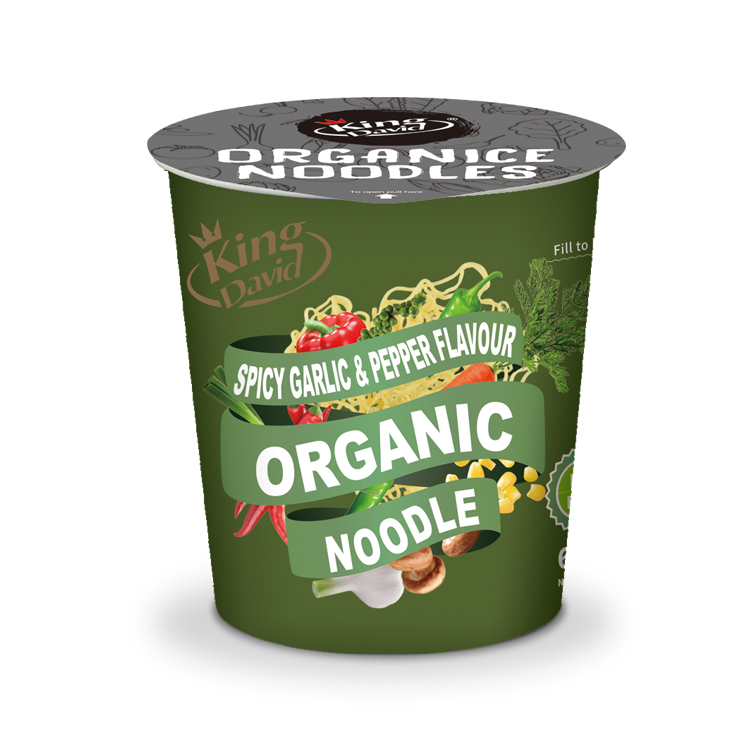Cup noodles, a popular convenience food, are often criticized for their high caloric content. Many consumers wonder why these quick meals contain so many calories, especially when they seem deceptively simple. This article will explore the factors contributing to the high calorie count in cup noodles, examining their ingredients, nutritional profile, and implications for health-conscious consumers.
Understanding Cup Noodles
What Are Cup Noodles?
Cup noodles are instant noodles that come pre-cooked and packaged in a cup or bowl. They are designed for quick preparation, requiring only hot water to be ready to eat in a matter of minutes. Originally developed in Japan in the 1950s, cup noodles have since become a global staple due to their convenience and affordability.
Nutritional Overview
The nutritional profile of cup noodles varies by brand and flavor, but they generally contain:
-
Noodles: Made primarily from wheat flour.
-
Seasoning: Often includes salt, preservatives, and flavor enhancers.
-
Additives: These may contain artificial flavors, colors, and MSG (monosodium glutamate).
-
Fats: Some varieties are fried before packaging, increasing their fat content.
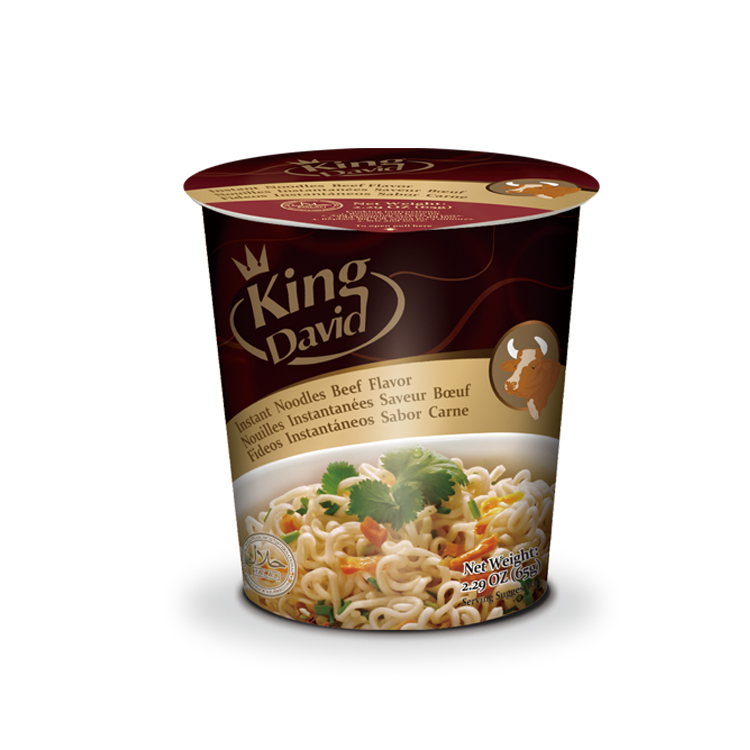
Factors Contributing to High Caloric Content
1. Ingredients
Wheat Flour
The primary ingredient in cup noodles is wheat flour, which is high in carbohydrates. A standard serving can contain around 40-60 grams of carbohydrates, contributing significantly to the overall calorie count. Carbohydrates provide 4 calories per gram, leading to a substantial caloric contribution from this ingredient alone.
Fats
Many brands fry their noodles before packaging to enhance flavor and texture. This frying process adds significant amounts of fat—often unhealthy trans fats—which can increase the calorie content dramatically. A typical serving may contain 10-20 grams of fat, contributing an additional 90-180 calories since fat provides 9 calories per gram.
Flavoring Agents
The seasoning packets included with cup noodles often contain high levels of sodium and other flavor enhancers like MSG. While these do not contribute directly to calorie count, they can lead to increased consumption due to enhanced palatability.
2. Portion Size
Cup noodles typically come in single-serving sizes that can range from 250 to 400 calories per serving. However, many consumers do not consider this a complete meal and may consume multiple servings or pair them with additional ingredients like eggs or vegetables, further increasing total caloric intake.
3. Additives and Preservatives
To maintain shelf life and enhance flavor, manufacturers often include preservatives and additives that may not only affect health but also contribute additional calories. For instance, some varieties may include sugars or fats disguised as flavoring agents.
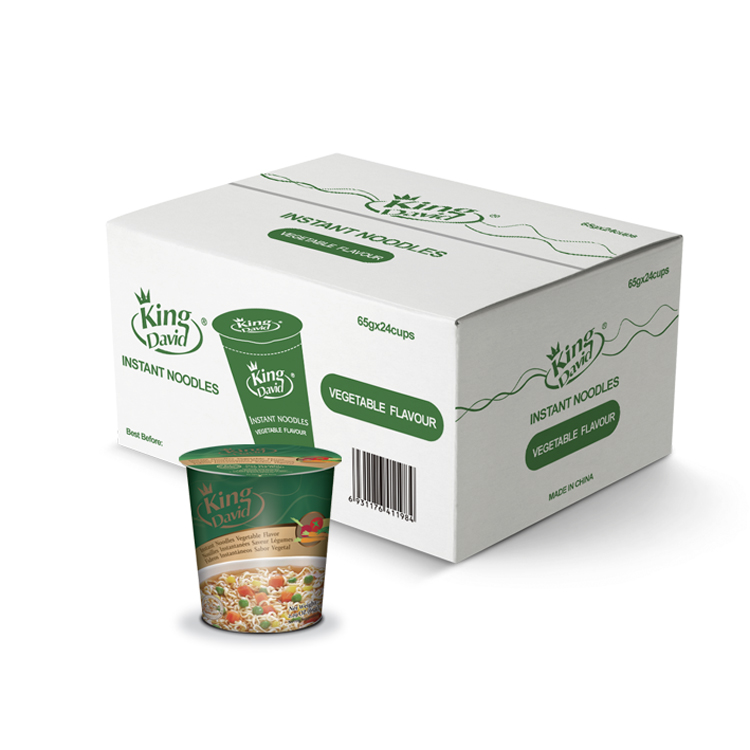
Health Implications
Nutritional Deficiencies
While cup noodles provide a quick source of energy, they often lack essential nutrients such as vitamins, minerals, and protein. Regular consumption can lead to nutritional deficiencies if they replace more balanced meals.
High Sodium Content
Most cup noodles are high in sodium—often exceeding the recommended daily limit in just one serving. Excessive sodium intake is linked to hypertension and other cardiovascular issues.
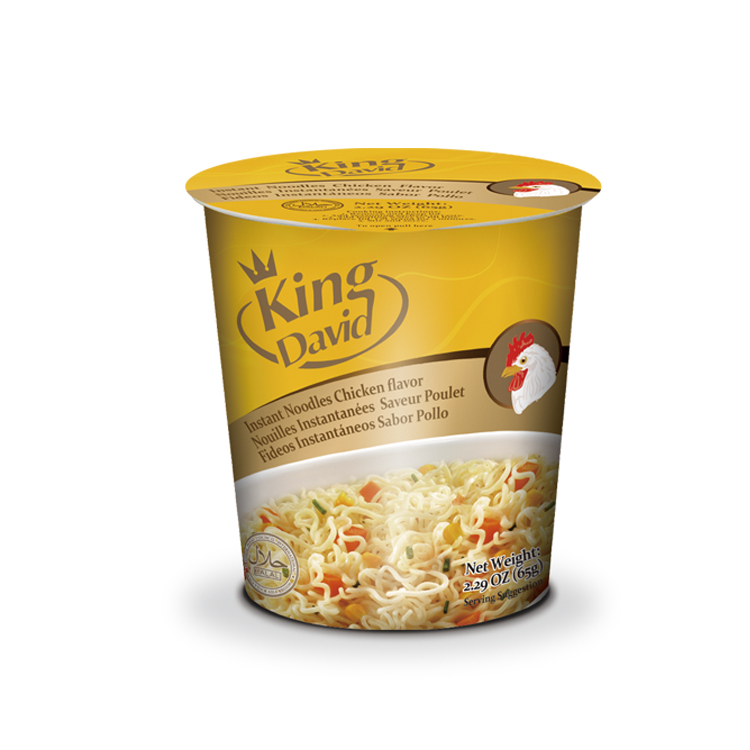
Impact on Weight Management
Due to their high caloric density and low nutritional value, frequent consumption of cup noodles can contribute to weight gain if not balanced with healthier food choices. They are often marketed as a quick meal solution but can lead to increased overall caloric intake without providing satiety or nutritional benefits.
Conclusion
The high caloric content of cup noodles can be attributed to several factors including their primary ingredients (wheat flour and fats), portion sizes, and the presence of additives. While they offer convenience and affordability, consumers should be mindful of their nutritional limitations and consider incorporating more balanced food options into their diets for better health outcomes. Understanding the reasons behind the calorie count can help individuals make informed dietary choices while enjoying this popular food product responsibly.

